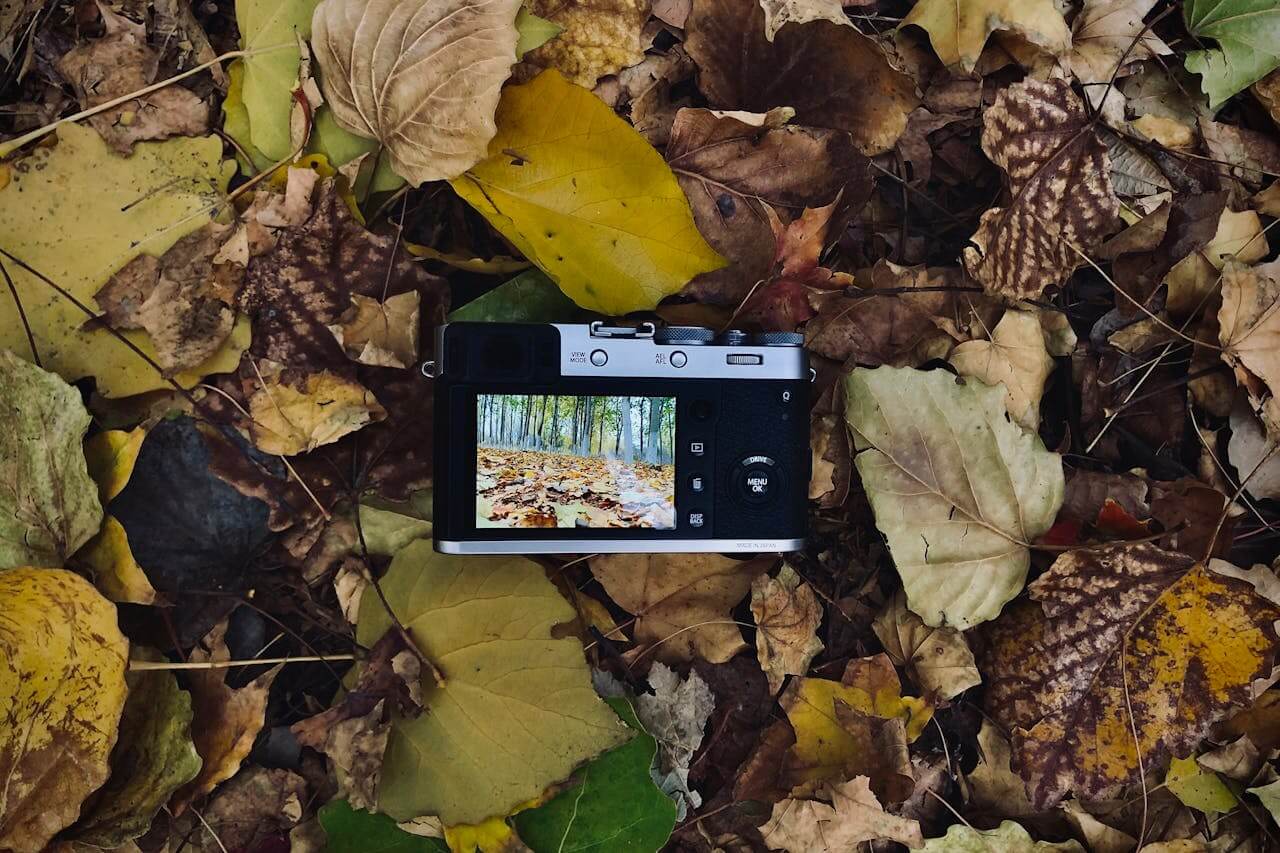Explore These Essential Seasonal Nature Photography Tips For Adapting Your Photography to Every Season
One of the most rewarding aspects of nature photography is that the world never looks the same twice. Every season transforms the landscape with unique colors, textures, and lighting. Learning and applying the right seasonal nature photography tips helps you adapt to these changes and capture each season at its best, creating a dynamic, year-round portfolio that truly stands out.
In this guide, we’ll explore essential seasonal nature photography tips for spring, summer, autumn, and winter—covering subjects, lighting conditions, gear adjustments, and techniques to make the most of each season’s personality. Whether you’re just starting or refining your craft, understanding seasonal changes will help you capture the beauty of nature in all its phases.

1. Spring: Renewal, Color, and Fresh Light
Spring is a season of renewal, when the natural world bursts to life after the stillness of winter. For photographers, this means vibrant colors, soft light, and dramatic transitions.
Subjects to Focus On
- Blossoming flowers, budding trees, and fresh greenery
- Migrating birds and emerging wildlife
- Forest floors carpeted with wildflowers
- Waterfalls at their fullest due to snowmelt
Lighting and Timing
Spring light is soft and often filtered through lingering clouds. Mornings and late afternoons give a gentle glow, perfect for macro shots of flowers or wide landscapes filled with color.
Gear Considerations
- A polarizing filter enhances saturated greens and blues after spring rains.
- A lightweight tripod helps stabilize shots in windy meadows.
- A macro lens or extension tubes allow close-ups of new plant growth and insects.
2. Summer: Intense Light and Expansive Landscapes
Summer brings long days, strong light, and endless opportunities to explore. But the bright, overhead sun can be challenging for photographers if not handled thoughtfully.
Subjects to Focus On
- Expansive mountain ranges and coastlines
- Golden fields, sunsets over lakes, and dramatic skies
- Wildlife in full activity—especially birds and insects
- Forests offering dappled shade and contrast
Lighting and Timing
Midday sun can produce harsh shadows and blown-out highlights. The key seasonal nature photography tip for summer is to shoot early and late. Golden hour and blue hour offer the most flattering light for landscapes and portraits. Midday is best used for scouting locations or shooting in shaded areas.
Gear Considerations
- Neutral density filters help control bright light and enable creative long exposures.
- Lens hoods and UV filters reduce lens flare.
- Lightweight backpacks and hydration gear are essential for long summer hikes.
3. Autumn: A Symphony of Color and Texture
Autumn is a favorite season for photographers worldwide, thanks to its dramatic transformations. Trees explode with warm tones, light becomes softer, and the air carries a crisp clarity that enhances every frame.
Subjects to Focus On
- Vibrant foliage in forests, valleys, and parks
- Misty mornings over lakes and rivers
- Mushrooms, fallen leaves, and forest details for macro shots
- Wildlife preparing for migration or hibernation
Lighting and Timing
Autumn light is warm and low in the sky, producing natural contrast and rich colors. Early mornings are especially magical, often featuring fog and golden light simultaneously.
Gear Considerations
- Polarizing filters intensify foliage colors and remove glare from wet leaves.
- Tripods are invaluable for low-light forest scenes.
- Layered clothing keeps you comfortable in fluctuating temperatures.
4. Winter: Minimalism, Mood, and Dramatic Light
Winter may seem like a quiet time for photography, but it offers unique opportunities. Bare trees, snow-covered landscapes, and low-angle sunlight create striking compositions.
Subjects to Focus On
- Snow-covered forests, mountains, and fields
- Frost patterns, ice textures, and frozen waterfalls
- Wildlife adapted to cold climates
- Long shadows and dramatic winter skies
Lighting and Timing
Winter days are shorter, and the sun stays lower in the sky all day—essentially extending golden hour. This makes it easier to shoot throughout the day. Pay attention to weather conditions: fresh snowfall after a storm provides a pristine canvas for photography.
Gear Considerations
- Tripods with spiked feet stabilize shots on snow and ice.
- Lens hoods help reduce glare from snow.
- Weather protection gear, including rain covers and microfiber towels, keeps equipment safe.
- Extra batteries are essential, as cold drains power quickly.
5. Universal Seasonal Tips
While each season has its distinct character, some seasonal nature photography tips apply year-round:
- Check the weather before heading out. Light rain, fog, or snow can elevate images, but preparation is key.
- Scout locations in advance. Knowing where the sun rises and sets in each season maximizes shooting time.
- Experiment with composition. Seasonal changes are ideal for revisiting the same location multiple times a year to document its transformation.
- Adjust white balance to match each season’s dominant tones—warmer in autumn, cooler in winter, balanced in spring and summer.
Explore More on NaturePhotographyHD.com
Keep growing your skills with these expert guides:
- The Ultimate Beginner’s Guide to Nature Photography (HD Edition)
- 12 Expert Wildlife Photography Tips for Capturing Nature in Stunning High Definition
- The Best Camera Settings for Landscapes, Forests, and Mountains
- Mastering Natural Light in Photography: Golden Hour, Blue Hour & Weather Effects
- Best Drones for Nature and Landscape Photography: A Complete Guide
- Macro Photography in Nature: Flowers, Insects, and More
- Editing Nature Photos Like a Pro: Free and Paid Tools
- Golden Hour vs. Blue Hour: When Nature Photos Shine
- Best Accessories for Nature Photography: Tripods, Filters, and Backpacks
Every season has a story to tell. With the right approach and preparation, your camera can capture nature’s full yearly symphony.

